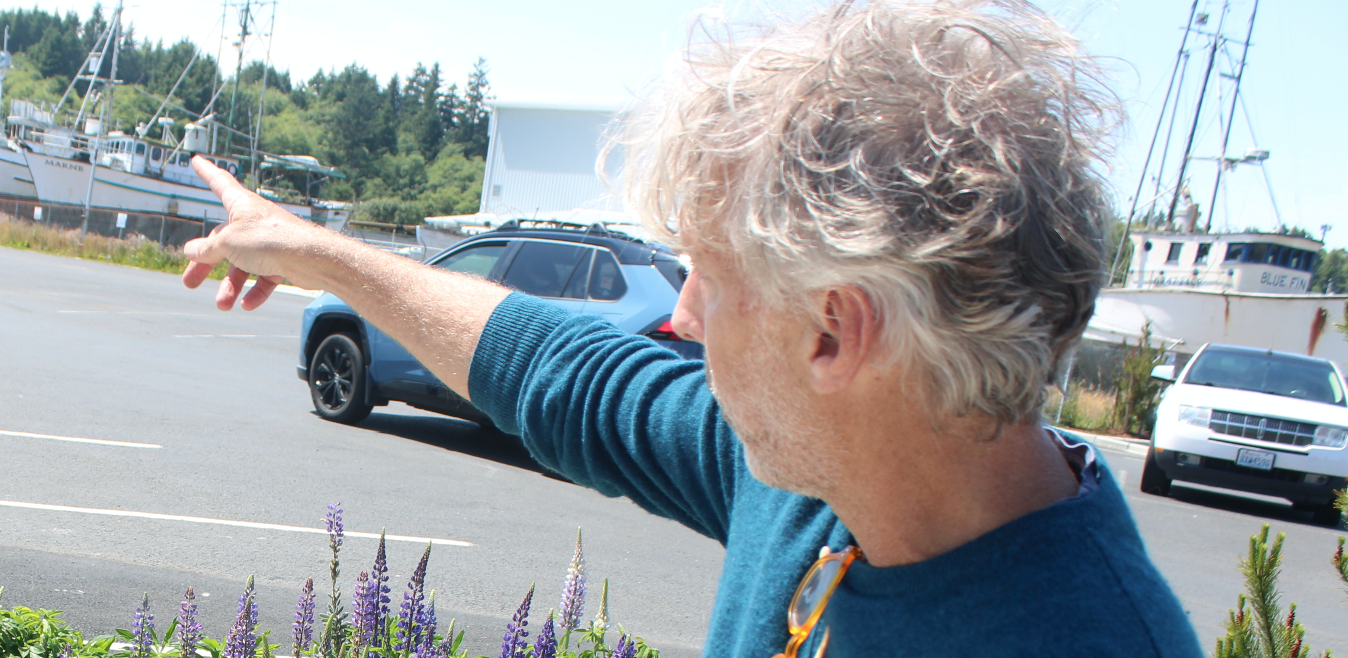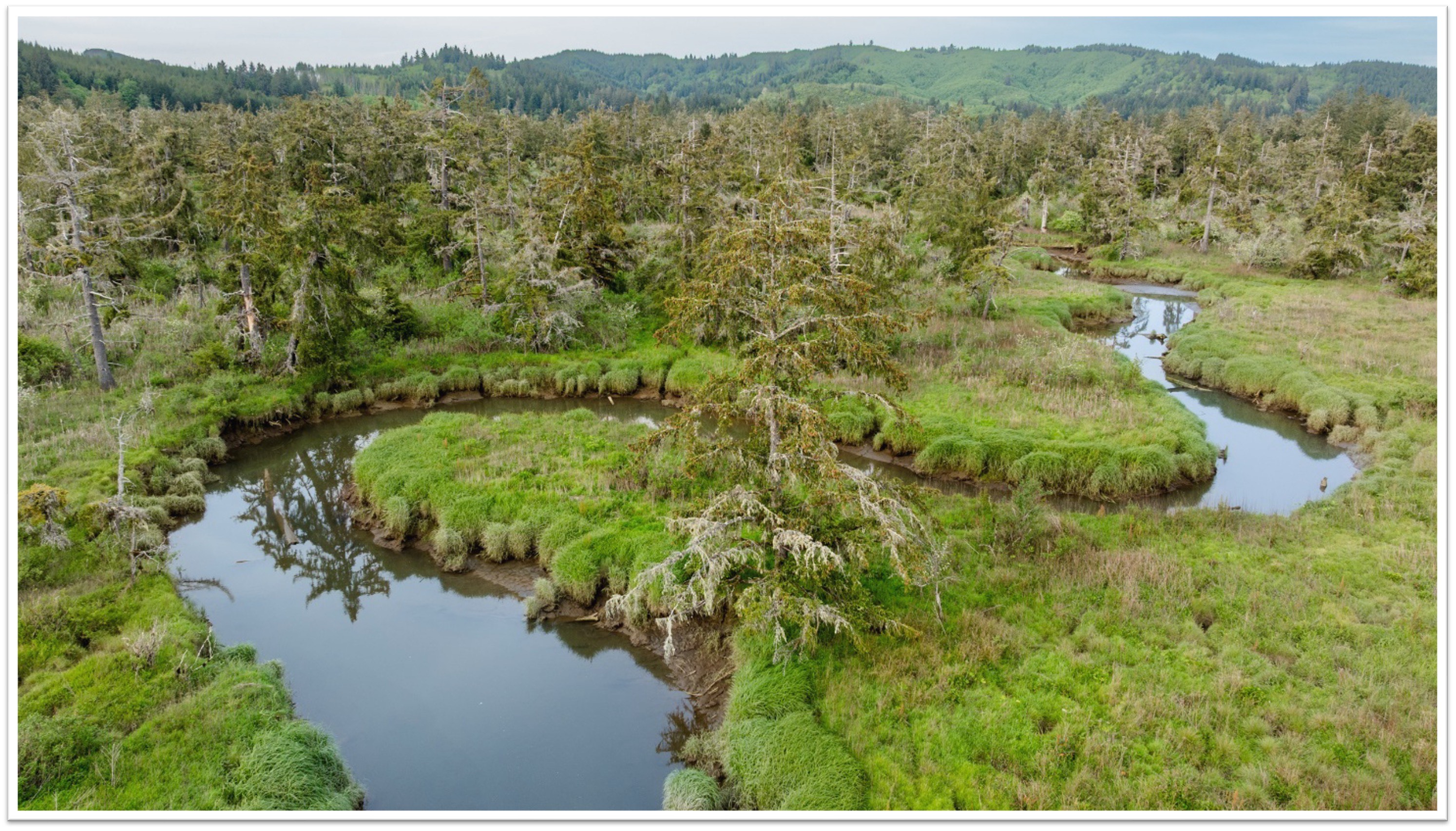Columbia River mouth creates huge waves beneath surface
Published 5:00 pm Tuesday, September 20, 2005
CAPE D – Waves the height of a 10-story building regularly propagate beneath the ocean surface into the north Pacific from the mouth of the Columbia River, carrying near-surface organisms and chemicals halfway to the ocean floor.
Oregon State University scientists who identified and documented how these waves emerge from the edge of a river plume reported their findings this week in the journal Nature.
For years, scientists, sailors and commercial fishers have known about these waves because they induce currents near the sea surface that cause visible surface slicks and changes in surface roughness and color. However, the prevailing school of thought was that they were caused by currents pushing deep-sea water over rugged topography of the ocean floor. And in many cases around the world, that does happen.
But on the northern Oregon coast, these waves emerge when fresh water is forced from the mouth of the Columbia River with the outgoing tide, the researchers say. Since the fresh water is also lighter, it spreads over the surface of the coastal waters; its signature can be seen over tens of miles from aircraft or satellite. The interface between the fresher, surface waters and saltier deep waters forms a wave guide upon which large-amplitude waves propagate.
“The waves form at the edge, or ‘front’ of the freshwater river plume,” said Jonathan D. Nash, an assistant professor in OSU’s College of Oceanic and Atmospheric Sciences and co-author of the Nature study. “The front is a region of convergence. It accumulates flotsam and plankton, and as it turns out, is also where wave energy can be generated and stored. The waves are released and propagate into the Pacific because they travel faster than the river’s advancing freshwater front.”
Some of these internal waves propagate back toward the Oregon coast where they may break as they shoal and mix with near-shore water. Scientists don’t yet know all of the impacts of these waves.
“The internal displacement of water from these waves is huge,” said James N. Moum, an oceanography professor at OSU and co-author of the study. “Yet, the surface expression is very subtle. Although a 20-meter internal wave may cause a tiny 2-centimeter ‘bulge’ on the surface, the surface slicks and whitecaps can be seen easily by pilots, showing up as long lines in the water stretching as much as 100 kilometers.
“Fishermen have long known about these waves because dolphins and birds hunt along the wave fronts where plankton and fish accumulate,” Moum added. “There is tremendous force associated with these waves and the currents can reach 1-2 miles per hour. Fishing trawlers will notice the effects when the surface currents pull their boats in one direction, yet their nets are going in another.”
Satellite imagery clearly shows the plumes of the Columbia River and other large rivers around the world as a major influence on the near-shore waters. But those images are generated only once every two days and fail to show the mechanisms creating these internal waves, Nash pointed out.
“In hindsight, it seems obvious that river systems like the Columbia can create them,” Nash said.
Recognition of exactly how the waves are generated was made possible by new profiling instruments that measure water temperature, salinity, turbulence, biological fluorescence and sediment concentration every 1-2 minutes.






